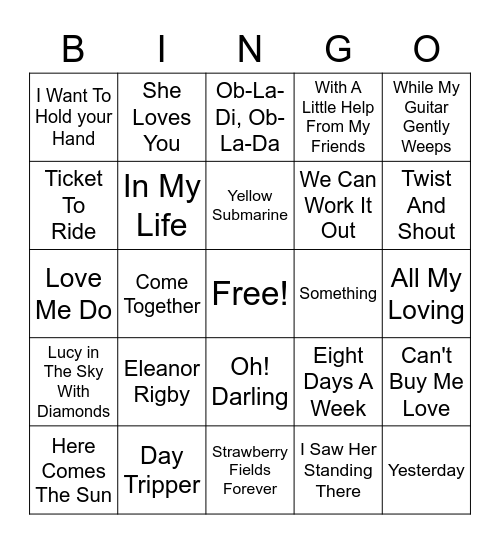

- CONDUCT TOGETHER MUSIC LIST HOW TO
- CONDUCT TOGETHER MUSIC LIST FULL
- CONDUCT TOGETHER MUSIC LIST FREE
The 19th century bred a new kind of musician-the composer-conductor, as exemplified by Carl Maria von Weber, Hector Berlioz, Felix Mendelssohn, and Richard Wagner-men of autocratic and creative character who assumed full control over performance and brought to their work a singleminded creative viewpoint and a cultivated sensitivity that was a hallmark of much of the 19th-century period in music. But throughout this time, the “conductor” was largely a major functionary, first among equals, whose chief responsibility was to perform with the ensemble and only secondarily to lead it. At the Paris Opéra, the position of the conductor fell to the concertmaster, operating from the first violin desk and handling his complicated chores as best he could. Bach and George Frideric Handel (late 17th to mid-18th century), the role of key musician was not only to compose music on demand but to conduct it as well, usually from the composer-performer’s chair at the organ or harpsichord. This practice continued until it became an actual intrusion on the performance and was of necessity abandoned. As early as the 15th century, performances by the Sistine Choir in the Vatican were kept together by slapping a roll of paper (or in other cases, a lengthy pole, or baton) to maintain an audible beat.

CONDUCT TOGETHER MUSIC LIST FREE
With the removal of the baton and the elimination, through memorization, of the printed score in public performance, the conductor is free to use not only his hands and arms but also the movement of his torso and facial muscles to express to the group his wishes in the execution of phrasing, dynamic level, nuance, individual entrances, and other aspects of a finished performance.Ĭonducting became a specialized form of musical activity only in the early 19th century. Some contemporary conductors, however, follow a practice long established in unaccompanied choral conducting and dispense with the baton the absence of the baton frees both hands for more elaborately interpretive directions.

The keeping of this rhythmic beat is accomplished by a stylized set of arm and hand movements that outline the basic metre- e.g., two beats to the measure (as in a polka), three beats (as in a waltz or mazurka), or four beats (as in a march), in each case the primary accent being indicated by a downstroke.įor nearly two centuries, conductors favoured a baton, or thin wand, in the right hand as a device for emphasizing the metrical outline, reserving the left hand for indicating entries of different parts and nuances. At the most fundamental level, a conductor must stress the musical pulse so that all the performers can follow the same metrical rhythm. SpaceNext50 Britannica presents SpaceNext50, From the race to the Moon to space stewardship, we explore a wide range of subjects that feed our curiosity about space!Ĭonductor, in music, a person who conducts an orchestra, chorus, opera company, ballet, or other musical group in the performance and interpretation of ensemble works.Learn about the major environmental problems facing our planet and what can be done about them! Saving Earth Britannica Presents Earth’s To-Do List for the 21st Century.Britannica Beyond We’ve created a new place where questions are at the center of learning.100 Women Britannica celebrates the centennial of the Nineteenth Amendment, highlighting suffragists and history-making politicians.
CONDUCT TOGETHER MUSIC LIST HOW TO

#WTFact Videos In #WTFact Britannica shares some of the most bizarre facts we can find.Demystified Videos In Demystified, Britannica has all the answers to your burning questions.Britannica Explains In these videos, Britannica explains a variety of topics and answers frequently asked questions.Britannica Classics Check out these retro videos from Encyclopedia Britannica’s archives.


 0 kommentar(er)
0 kommentar(er)
